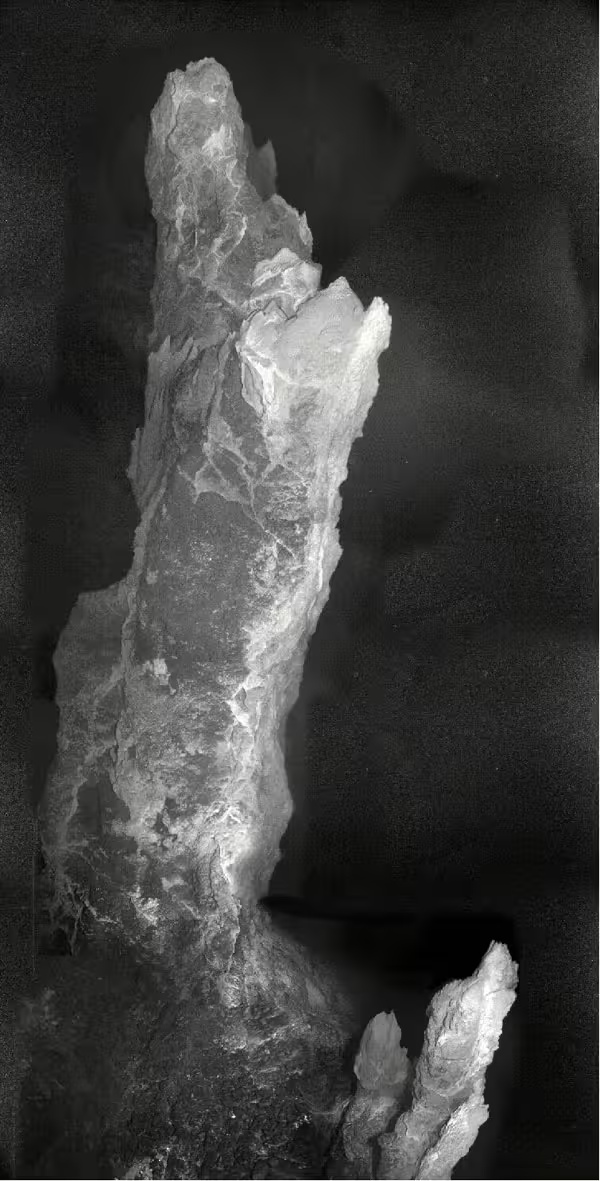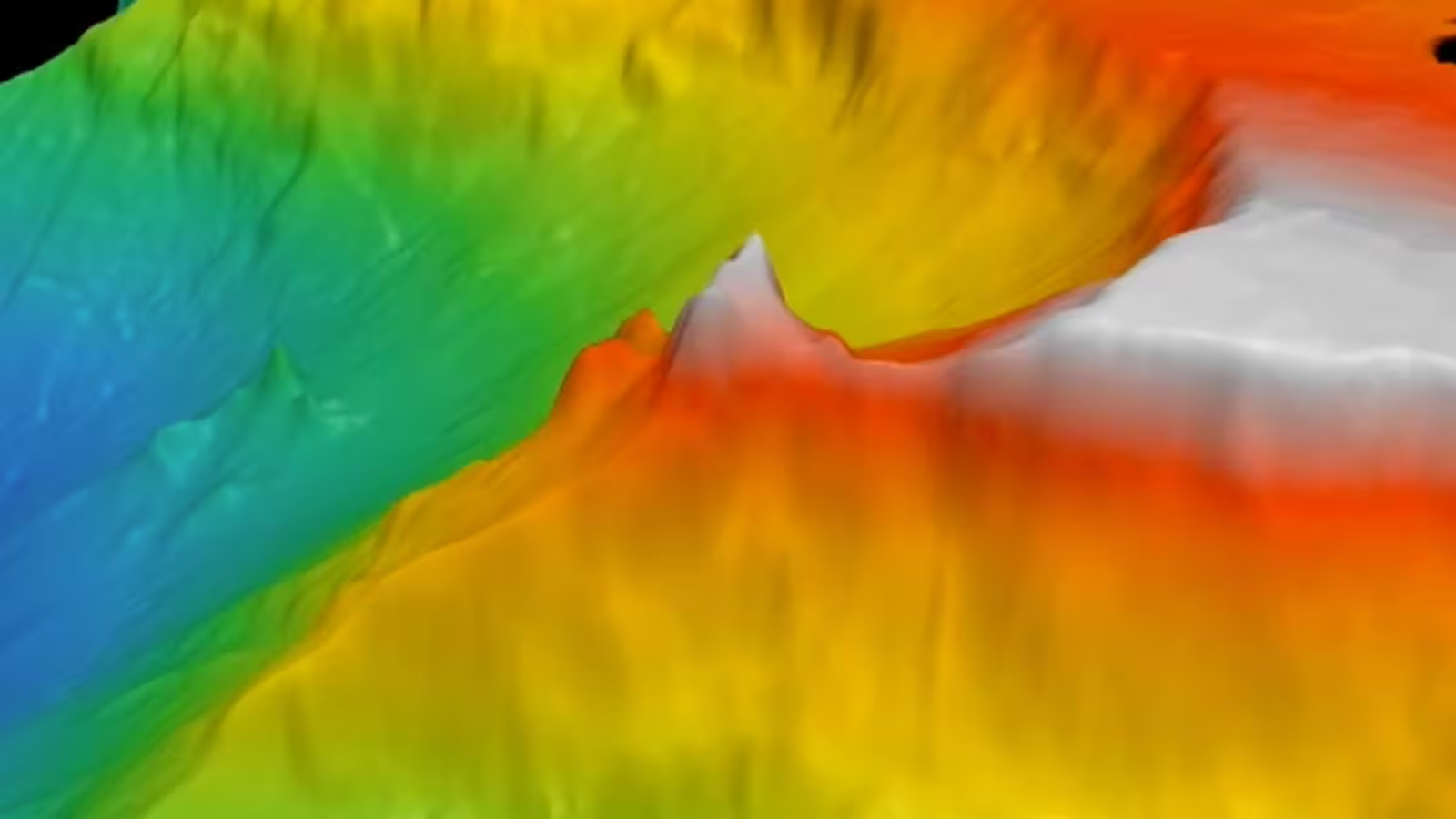5 Minutes
Discovery of the Lost City: A Submarine Marvel
Hidden nearly 700 meters (2,300 feet) below the surface of the Atlantic Ocean, the Lost City Hydrothermal Field stands as one of Earth’s most extraordinary underwater environments. Situated atop an underwater mountain west of the Mid-Atlantic Ridge, this enigmatic site was first discovered by oceanographers in 2000. Remotely operated vehicles (ROVs) revealed a dramatic seascape of towering carbonate chimneys and walls, shimmering with an otherworldly blue hue in their artificial light. These formations span from modest, toadstool-sized pillars to the imposing monolith known as "Poseidon," which rises an impressive 60 meters (almost 200 feet) above the seafloor.
Geological Context and Unique Chemistry
Unlike typical hydrothermal vent systems that depend on volcanic heat, the Lost City is powered by serpentinization—a chemical reaction between mantle rocks and seawater deep beneath the ocean. This process has persisted for at least 120,000 years, potentially much longer, making this field the longest-lived hydrothermal system known in the ocean. As mantle material thrusts upward and interacts with seawater, it releases hydrogen, methane, and various dissolved gases.
The unique chemistry of the Lost City creates a habitat unlike any other. Instead of deriving energy from sunlight or volcanic vents (known as "black smokers"), these chimneys produce abundant hydrocarbons—the essential building blocks of life—via seafloor chemical reactions. Such processes have profound implications for our understanding of life’s origins, both on Earth and potentially elsewhere in the universe.

A Thriving Ecosystem Without Sunlight or Oxygen
Life in the Lost City thrives in what would appear to be an inhospitable environment. The network of cracks and fissures within vent chimneys supports diverse microbial communities, many of which do not require oxygen to survive. These microorganisms consume hydrocarbons produced on-site and form the base of this unique deep-sea food web.
Gases escaping the vents can reach temperatures up to 40°C (104°F), providing a haven for an abundance of snails and crustaceans. Although larger species such as sea urchins, eels, shrimp, and crabs are less common, their presence further attests to the adaptability of life in extreme conditions. According to researchers, studying such ecosystems can illuminate the resilience of life under conditions similar to those of early Earth.
Scientific Breakthroughs and Implications for Astrobiology
In 2024, scientists achieved a milestone by extracting a continuous 1,268-meter (4,160-foot) core sample of mantle rock from the Lost City Hydrothermal Field. This unprecedented core is expected to provide valuable insights into the conditions that may have fostered life’s emergence billions of years ago.

The implications of these discoveries extend beyond Earth: as noted by microbiologist William Brazelton in an interview with The Smithsonian, hydrothermal habitats like the Lost City could exist on ocean-bearing worlds such as Saturn’s moon Enceladus or Jupiter’s moon Europa. Such environments offer hope in the search for extraterrestrial life, demonstrating that biological processes might emerge wherever water and the right chemical gradients are present.
Comparisons with Black Smokers and Ongoing Scientific Inquiry
While other seafloor hydrothermal vents (black smokers) rely on volcanic heat and emit iron- and sulfur-rich minerals, the Lost City’s calcite chimneys produce up to 100 times more hydrogen and methane. Its vents are much larger and longer-lived, suggesting a steady, enduring source of energy for life.
One particularly active area of the field features a cliffside with "weeping" vents, described by University of Washington scientists as producing clusters of delicate, branching carbonate formations that stretch outward like fingers. This intricate geology offers scientists a unique window into ancient hydrothermal processes and the evolution of complex ecosystems.

Conservation Challenges and The Need for Protection
The scientific and ecological importance of the Lost City has attracted not only researchers but also commercial interests. In 2018, Poland secured rights to explore deep-sea mining in the region surrounding the Lost City. Although mining is not permitted within the hydrothermal field itself, disturbances to the nearby environment could irreversibly impact this rare ecosystem. Scientists warn that sediment plumes or discharges from such activities may jeopardize the delicate balance of the habitat.
As a result, growing calls are being made within the scientific community to designate the Lost City Hydrothermal Field as a UNESCO World Heritage site. Such recognition would help safeguard its scientific, ecological, and intrinsic value for future generations before irreversible damage occurs.
Conclusion
The Lost City Hydrothermal Field stands as a testament to the resilience of life and the dynamic forces shaping Earth’s most mysterious frontiers. With its unique chemistry, thriving extremophile communities, and vital clues to life’s beginnings, the site offers invaluable scientific opportunities and a reminder of our responsibility to protect such wonders. As research continues and new technologies advance our exploration capabilities, the Lost City will remain central to our understanding of life’s adaptability—on Earth and potentially on ocean worlds beyond our planet.


Comments